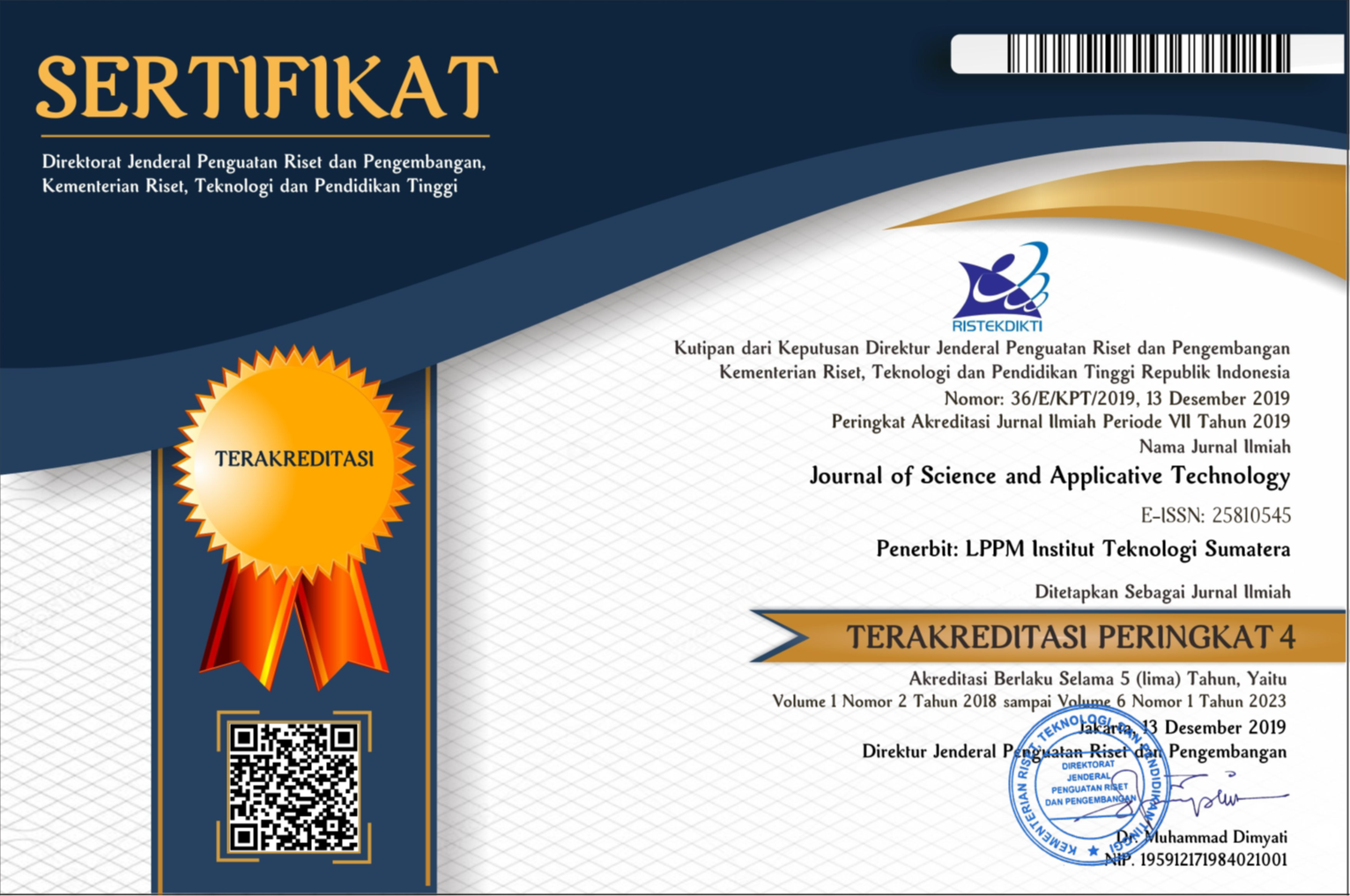IDENTIFIKASI RESERVOIR KARBONAT BERDASARKAN “PETROPHYSICAL ROCK TYPEâ€
Abstract
This paper focused on the identification reservoir use petrophysical rock typing approach with pore geometry and structure (PGS) method. The identification of the type and composition of rock types, can obtain comprehensive understanding of geological aspects such as diagenesis and reservoir properties. Porosity and permeability data of the 113 core plug, which 13 have mercury injection capillary pressure (MICP) data, 48 thin sections from 3 wells are used. Facies, facies association and diagenetic history analyses are performed to understand the influence of facies, depositional environments and diagenesis to the development of petrophysical rock types (PRT). Packstone with larger foram, red algae, mollusks, and corals dominate the wells that have thin section. Diagenesis occur from marine until burial stage. Secondary porosity caused by dissolution on vadose stage.
Keyword: Pore geometry and structure
Downloads
All the content on Journal of Science and Applicative Technology (JSAT) may be used under the terms of the Creative Commons Attribution-NonCommercial 4.0 International License.
You are free to:
- Share - copy and redistribute the material in any medium or format
- Adapt - remix, transform, and build upon the material
Under the following terms:
- Attribution - You must give appropriate credit, provide a link to the license, and indicate if changes were made. You may do so in any reasonable manner, but not in any way that suggests the licensor endorses you or your use.
- NonCommercial - You may not use the material for commercial purposes.
- No additional restrictions - You may not apply legal terms or technological measures that legally restrict others from doing anything the license permits.





















